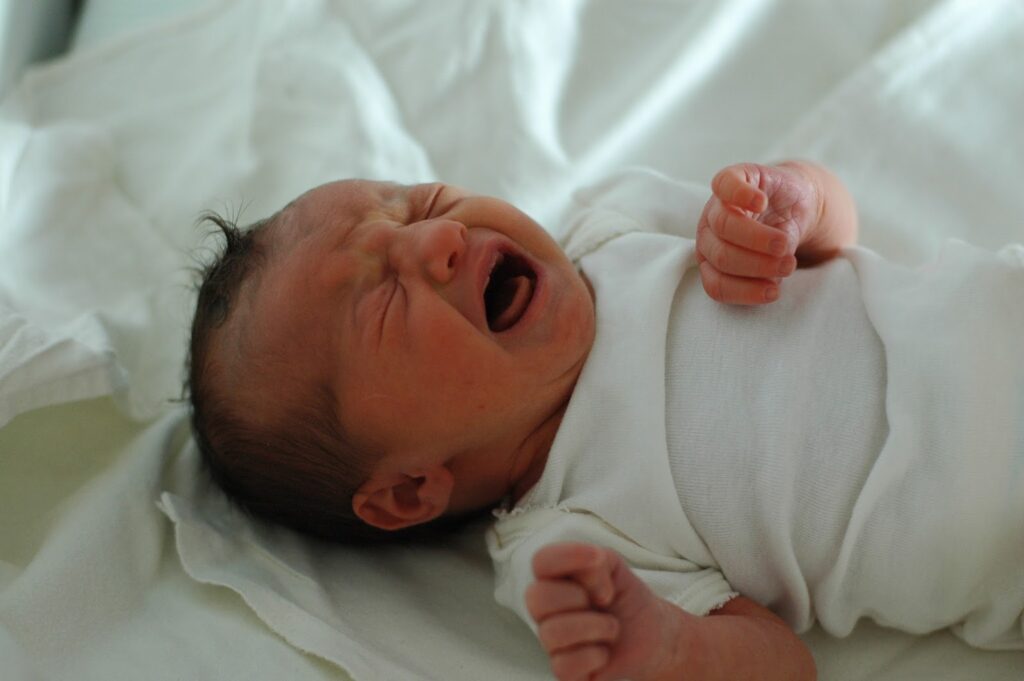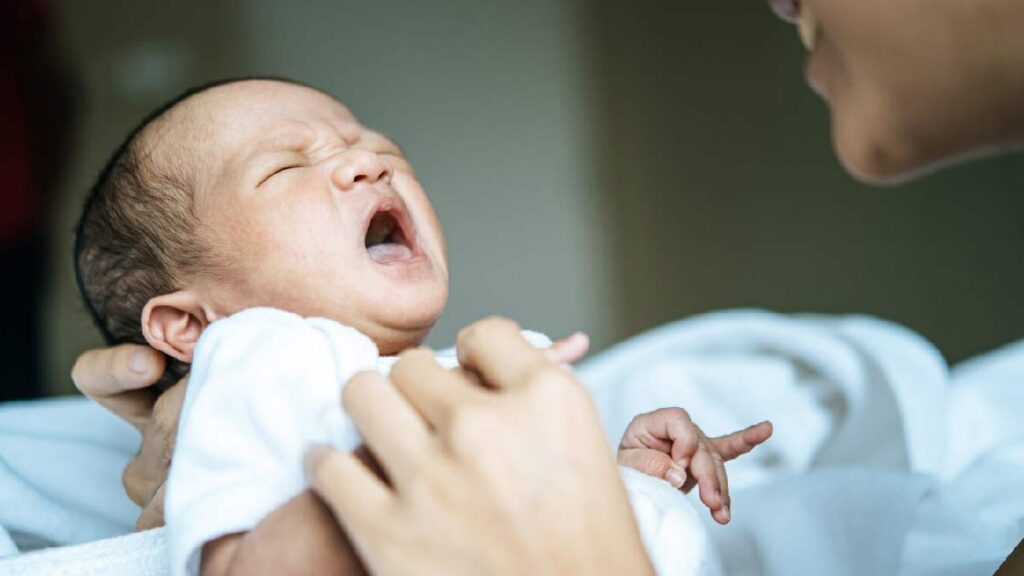Breathe Holding Attacks: Understanding, Management, and Support

Breathe Holding Attacks, also known as Breath-Holding Spells (BHS), are a type of reflex anoxic seizure that primarily affects infants and young children. This condition is characterized by the temporary cessation of breathing, resulting in a brief loss of consciousness. While frightening for parents and caregivers, breathe holding attacks are typically benign and tend to resolve on their own as the child grows older.
Characteristics of Breathe Holding Attacks
Breathe holding attacks typically occur in response to a sudden shock, pain, or frustration. They can manifest in two primary forms:
Cyanotic Breath-Holding Spells: These spells occur when a child holds their breath to the point of turning blue (cyanosis) due to a temporary lack of oxygen. This type is the most common and is often precipitated by minor injuries, emotional upset, or frustration.
Pallid Breath-Holding Spells: Unlike cyanotic spells, pallid spells result in the child becoming pale or ashen in color due to a sudden drop in heart rate and blood pressure. These spells are typically triggered by sudden fright or pain.
Regardless of the type, both cyanotic and pallid breath-holding spells can lead to loss of consciousness and occasionally convulsions, which can be alarming for parents.
Diagnosis and Management
Diagnosing breathe holding attacks involves a thorough medical evaluation to rule out underlying medical conditions that could mimic or contribute to the spells. In most cases, a detailed history from the caregiver, along with physical examination findings, is sufficient for diagnosis.
Management of breathe holding attacks focuses on reassurance and education for parents and caregivers. It is essential to emphasize that while these episodes can be distressing, they are typically harmless and tend to diminish as the child grows older. Providing parents with strategies to manage their child’s emotions and avoid potential triggers can also be beneficial.
In some cases, healthcare providers may recommend a cardiology evaluation or EEG monitoring to rule out cardiac or neurological causes, especially if the spells are atypical or accompanied by concerning symptoms.

Support for Families
Families of children with breathe holding attacks may benefit from support groups or counseling to address any anxiety or stress related to their child’s condition. Educating caregivers, family members, and childcare providers about breathe holding attacks can help alleviate fears and ensure appropriate responses during episodes.
Conclusion
Breathe holding attacks are a relatively common occurrence in infants and young children, characterized by the temporary cessation of breathing and loss of consciousness. While frightening for parents and caregivers, these spells are typically benign and tend to resolve on their own with time. Diagnosis involves ruling out underlying medical conditions, and management focuses on reassurance and education for families. By providing support and understanding, healthcare professionals can help families navigate this challenging but usually harmless condition.
